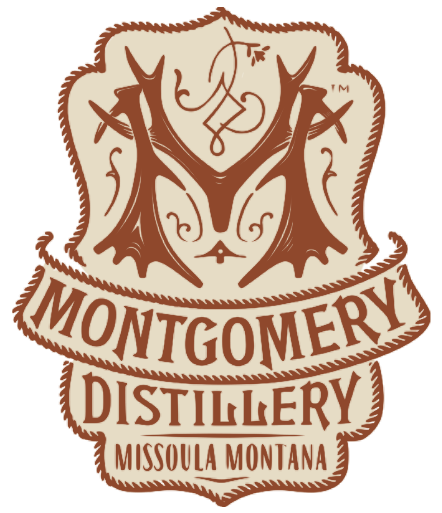Building History
Our building at 129 West Front Street has seen a brisk business in the alcohol trade. Erected in 1889 by Edward Schilling, a German immigrant who made good as a liquor dealer in Butte and brought his profits to Missoula, it was one of many stately brick buildings which replaced the ramshackle wooden saloons and storefronts of Front Street’s early days. Schilling ran a liquor warehouse in the west half of the building and a saloon in the east half, before turning to gentleman’s attire and accessories in 1892.
From their earliest days, Rocky Mountain saloons were havens of conviviality, warmth, and the trappings of civilization that fortune seekers had left behind. Many abandoned comfortable lives on the East Coast to gamble on untold wealth in the logging camps, homesteads, and gold, silver and copper mines of Western Montana. Diverse settlements included not only miners but owners, investors, engineers, merchants, as well as compulsive drifters, romantics, gamblers, prostitutes, misfits, Civil War veterans, and bums. They drank in astonishing quantities.
The Western saloon might also double as a post office, barber shop, courtroom, dance hall, bordello, political center, kinetoscope theater, ice cream parlor, and/or church. Plans for the respectable towns to come were laid within their walls. “It has been jokingly said that, with the exception of Little Big Horn, all western history was made inside the saloons, and there is a grain of truth in this,” according to Richard Erdoes in The Saloon on the Rocky Mountain Mining Frontier.
We have found ads for liquor warehouses as early as 1879 in Montana newspapers offering an impressive array of domestic and imported wines and liquors — numerous whiskies, gins, brandies, rums, cognacs, champagnes, and bar sundries. Virtually everything was on hand by the 1890s.
Our building as it appeared in the late nineteenth century.
Logging and mining wealth was intimately linked with a culture of extravagant mixed drinks in the Western half of the state.
Perusing the ingredients list for Rocky Mountain Punch, cocktail historian David Wondrich writes: “In all but the most precarious and temporary camps, the supply of fine drink was an item of paramount concern to what was by certain standards an unhealthily large proportion of the population, and items like champagne, Jamaica rum, maraschino liqueur, and lemons were often available when things like vegetables, eggs and soap weren’t.” (Imbibe!)
“Professor” Jerry Thomas’ mixology bible, How to Mix Drinks, was sold by the tens of thousands throughout the West. The Professor himself mined gold in California and mixed drinks in Virginia City, Nevada. The punches, smashes, sours, juleps and slings of the East were equally as important, if not more, to drinkers in the Rocky Mountain frontier.
Our building is the one with a pointed roof right beneath the “a” in Laura. The upper portion burned in 1924. The postcard reads: 9/25/07 Dear , This is Missoula, Mont. How do you like it? Tell me now and if you don’t like it I will come home at once. How are you getting along? Laura I will write you just as soon as I get time. Here is where I work [arrow pointing to Missoula Mercantile].
Following the 1924 fire, 129 West Front St. was rebuilt with a vaulted roof and steel reinforced floors. It was a bus station and taxi company for a time, then Davies Farm Supply moved in. Amazingly, the owner lived in our current residence in the University Area!











